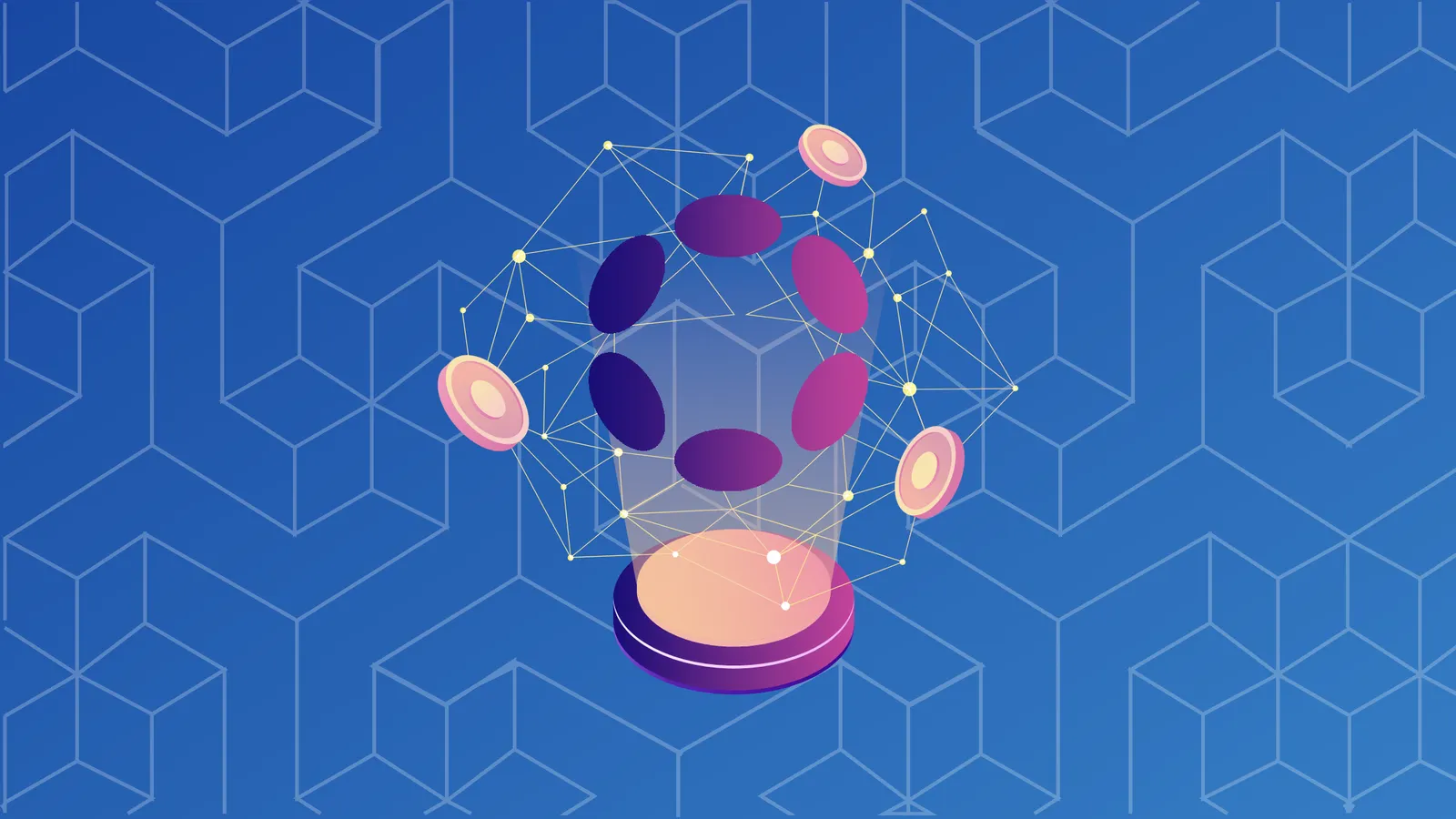In brief
- Polkadot is a "multi-chain network" that aims to connect different specialized blockchains into a single unified network.
- Blockchains that connect with Polkadot work in parallel as so-called “parachains”.
- This enables them to access the Polkadot network’s proof-of-stake validation of transactions and security.
Currently, blockchains operate separately and in silos. Polkadot promises to create an internet of interoperable blockchains for a decentralized web. But is that too tall an order? We find out below.
What is Polkadot?
Polkadot is a network designed to join the dots with all other networks. It's commonly referred to as a multi-chain network, because it can join networks together, unlike networks like Bitcoin, which operates on its own.
Its ultimate aim is to act as a framework for all blockchains that opt-in, a bit like how HTML allows sites, browsers, and servers to interact with each other. The idea is to take care of messy and costly cryptocurrency mining processes (including validation of transactions and security protocols) and enable developers to focus on creating dapp and smart contract functionality.
Did you know?
Polkadot is being built by Gavin Wood, a co-founder of Ethereum.
Why is it important?
Developers building innovative, decentralized systems currently have to engineer these systems from the ground up. This also means that time, talent and resources are diverted into building competing networks, rather than creating a standard everyone builds off. That's Polkadot's aim, to create a way for developers to build value on top of all blockchains, rather than just one.
How does Polkadot work?
Blockchains can connect with Polkadot and work in parallel as so-called “parachains” to access the network’s proof-of-stake validation of transactions and security.
In the network’s so-called “relay chain", transaction addresses are checked and data is standardized so that every system can understand it. This is where all the chains pool security.
While functionality is taken care of, blockchains connected to Polkadot can use their own PoS mechanism, decide when and how to update their code and run the dapps or tokens they choose. It's essentially a pick and choose layer that allows networks to preserve their own security and incorporate new protocols.
Did you know?
Polkadot is developed by the Web3 Foundation and Parity Technologies, whose co-founders are Gavin Wood and Jutta Steiner.
What problems does it solve?
The two issues blockchain-based systems most need to solve are scalability—the number of transactions per second the network can handle—and governance: how the community manages protocol upgrades and changes. Polkadot aims to solve both of these problems.
Does Polkadot have a cryptocurrency?
Yes, the DOT, the internal token of the Polkadot network. This token allows holders to vote on potential code changes, which then automatically upgrade across the network if a consensus is reached.
Recent developments
Polkadot first launched its mainnet in May 2020 and quickly gained traction among investors, developers, and cryptocurrency traders.
In under a year, it has already racked up a number of impressive accolades and developments, some of which include:
- 📈 Climbing to become the fourth largest cryptocurrency, achieving a peak market capitalization of almost $18 billion
- 🔪 Undergoing redenomination, with old DOT tokens split 100 ways to produce new DOT tokens—increasing the supply from 10 million to 1 billion
- 🎨 Getting rebranded by design agency Koto, using community input via the Polkadot Brand Bounty Program
- 👨💻 Seeing a dramatic uptick in developer activity, with over 340 projects now being actively developed on the platform
Where and how to buy Polkadot
Despite launching less than a year ago, DOT can already be purchased and traded on a large number of popular cryptocurrency exchange platforms.
This includes several tier 1 exchanges, including Binance, Kraken, and Huobi Global, as well as close to 100 less-established platforms.
Buying DOT
One of the simplest ways to buy DOT is by using your debit or credit card on Binance. Here's how:
Step 1: Create or log in to your Binance account. Once logged in, hover over the 'Buy Crypto' option found in the header. Here, select your desired payment currency in the top right and then click on your chosen payment option.
In this example, we're going to buy DOT using a Visa debit card, while paying in US dollars (USD).
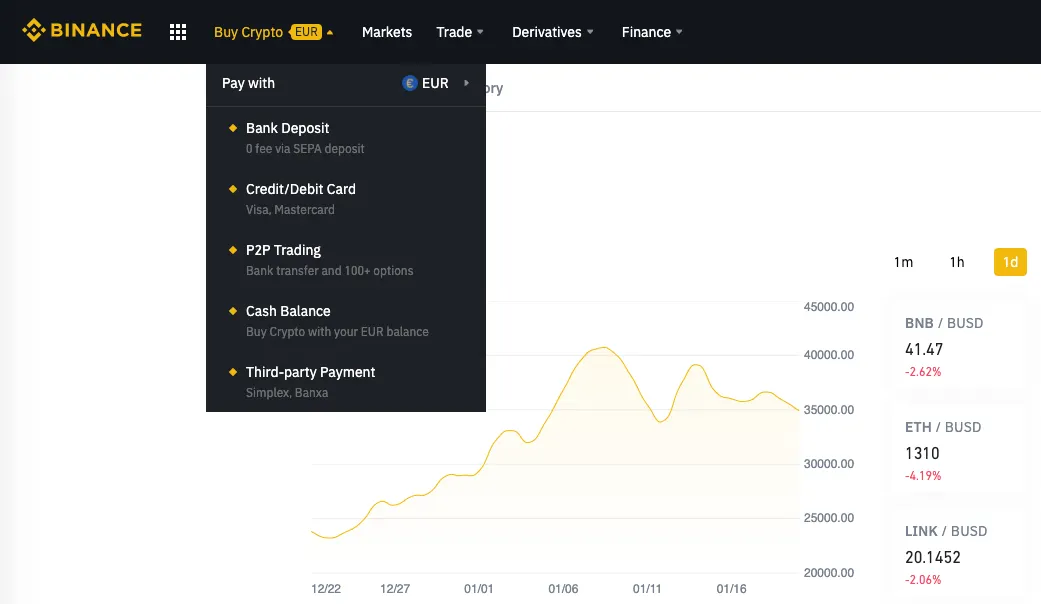
Step 2: You will then be presented with the payment screen. Select the asset you want to purchase from the drop-down 'Coin' menu. In this case, we'll select DOT.
Then, enter the amount of DOT you are looking to purchase. This is the amount of your chosen currency you will spend on DOT.
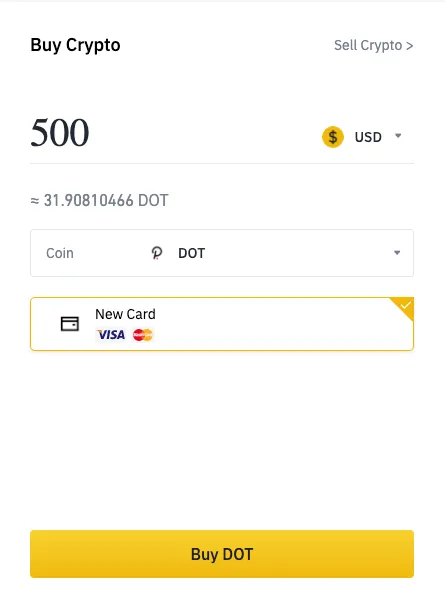
Step 3: Click on 'Buy DOT'. You will then be asked to complete identity verification. This will involve providing some basic information, like your name, address, and date of birth, and uploading two images:
- A photo of a valid identity document (such as a national ID card, passport, or driving license)
- A selfie that matches the ID document
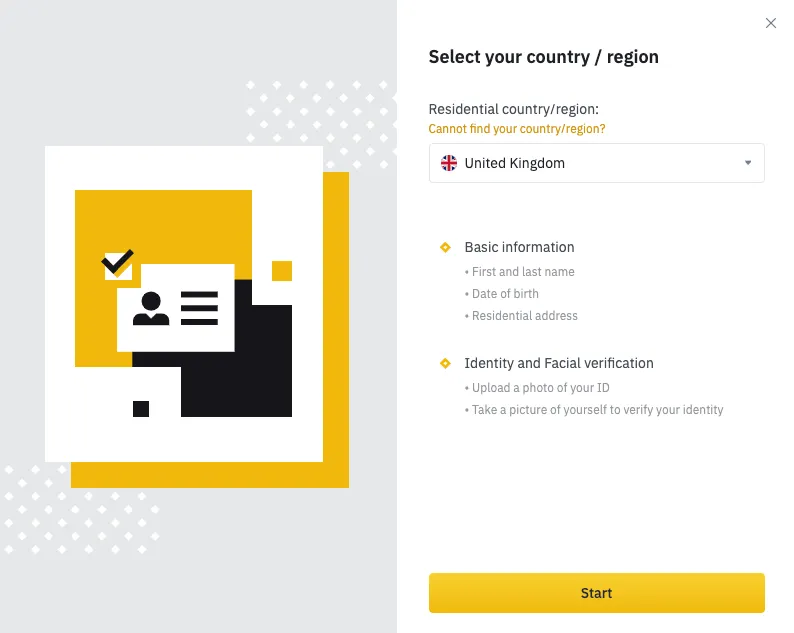
KYC verification will usually be completed within 1 hour but can take up to 36 hours during busy periods.
Step 4: Once your identity has been verified, you will be able to complete the purchase process, and will be asked to enter your payment information. Simply enter your card's payment details and your billing address, and click 'Pay now'.
Once Binance has verified your payment information, it will then charge you the amount you selected in an earlier step, and you will receive your DOT deposited directly to your Binance wallet.
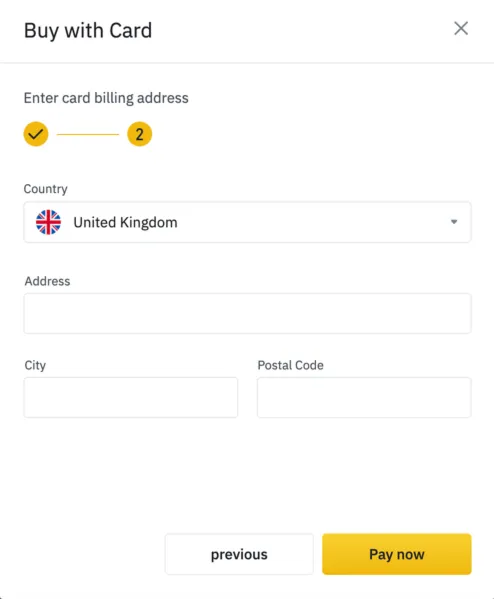
Many other exchange platforms have a similar procedure, but may vary slightly in the currencies and payment methods they support. For more information, see the supporting documentation offered by your exchange of choice.
What are Polkadot’s aims?
Polkadot wants to become the bedrock upon which all blockchains will build. The belief is, by creating an even playing field--as opposed to the fragmented one that exists currently—companies will be free to innovate knowing that the foundations are solid.
What is Polkastarter?
Launched in late 2020, Polkastarter is a Polkadot-based decentralized exchange platform that is designed to support cross-chain token pools and auctions.
Welcome to Polkastarter, the DEX for cross-chain token pools.
Being built on Polkadot, Polkastarter advances to the next stage of DeFi through interoperability.https://t.co/znHodA7J0g
— Polkastarter (@polkastarter) September 1, 2020
It allows new projects to easily raise the capital they need to launch and further their development, while giving investors an opportunity to securely purchase tokens through a simple, intuitive user interface.
Polkastarter is powered by the POLS token, which is used for governance paying, transaction fees, and gaining access to limited token pools.
The future
Polkadot has enjoyed a successful launch, and surged to become the fourth-biggest cryptocurrency by market cap in a remarkably short space of time. Now, it faces the challenge of building on that success and fending off the competitors nipping at its heels.
After all, it's not the only platform focusing on improving scalability, governance, and interoperability.
Dfinity claims to have the answer to scalability and WanChain is also addressing interoperability. But it’s Cosmos that’s pitched as Polkadot’s biggest competitor. It’s been working on blockchain interoperability since 2014. It’s broadly similar to Polkadot and was launched in March 2019.
